Top 10 Pet Safety Must-Dos
Pet owners understand the unwavering bond that exists between them and their furry companions. Our pets are more than just animals; they are cherished members of our families. Ensuring their safety and well-being is of paramount importance. In this article, we will delve into the top 10 pet safety must-dos to help you create a secure and loving environment for your beloved pets.
The Importance of Pet Safety
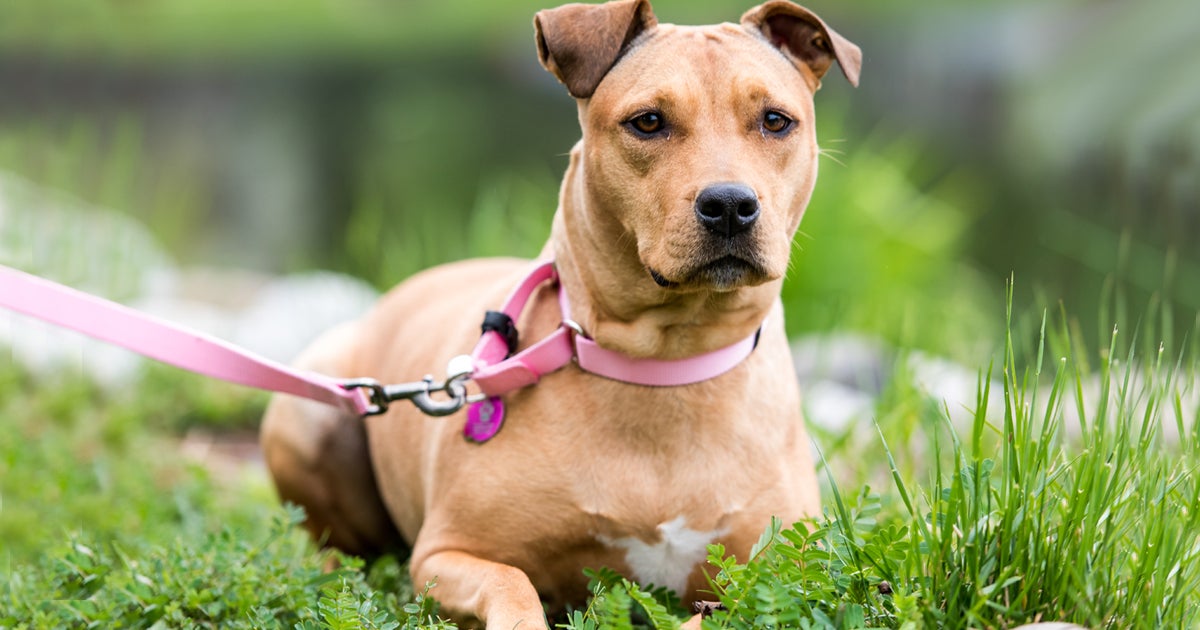
Before we dive into the specifics, let’s take a moment to underscore why pet safety should be a primary concern for every pet owner. Our pets rely on us for their safety and protection, and it’s our duty to provide them with a safe haven. By prioritizing pet safety, we not only enhance their quality of life but also strengthen the unique bond we share with them.
How to Keep Your Furry Friend Safe
Keeping your pet safe involves a combination of awareness, preparation, and proactive measures. In the following sections, we will explore the top 10 must-dos to safeguard your pet’s well-being:
Pet-Proofing Your Home
Securing Hazardous Items In your quest to create a safe home for your pet, securing hazardous items is paramount. Identify and lock away substances or objects that could harm your curious companion.
Creating a Safe Space Designate a safe space within your home where your pet can retreat to when they need solitude or comfort. This space should be free from potential dangers.
The Dangers of Toxic Plants Some plants are beautiful but deadly to pets. Learn which common plants are toxic to your pet and take measures to keep them out of reach.
Identifying and Eliminating Choking Hazards
Small Objects to Watch Out For Pets, especially puppies and kittens, are naturally inclined to explore their surroundings by chewing on objects. Identify potential choking hazards and remove them from your pet’s reach.
Safe Toy Selection Provide your pet with safe, durable toys designed for their size and breed. This helps satisfy their chewing instincts without posing a choking risk.
The Importance of Supervision Supervision is key when it comes to preventing choking hazards. Keep a watchful eye on your pet, especially when they are exploring new environments.
Safeguarding Your Pet’s Diet
Avoiding Harmful Foods Not all human foods are safe for pets. Familiarize yourself with foods that can be toxic to your pet, and ensure they don’t have access to them.
Proper Portion Control Maintaining a healthy weight is crucial for your pet’s overall well-being. Follow recommended portion sizes to prevent obesity-related health issues.
The Role of a Balanced Diet Consult your vet to determine the right diet for your pet’s breed and age. A balanced diet contributes to their long-term health.
Regular Vet Check-ups
Importance of Routine Examinations Regular check-ups with your veterinarian are essential for early disease detection and overall health maintenance.
Vaccinations and Preventative Care Stay up-to-date with vaccinations and preventative treatments recommended by your vet to protect your pet from illnesses.
Emergency Contacts Keep a list of emergency contacts, including your vet’s number and the nearest animal emergency clinic, readily accessible in case of unforeseen situations.
Microchipping and Identification
Benefits of Microchipping Microchipping provides a permanent form of identification for your pet. Learn why it’s a valuable investment in their safety.
The Usefulness of Collars and Tags Explore the importance of visible identification, such as collars and tags, for quick identification if your pet ever gets lost.
Updating Contact Information Keep your contact information associated with your pet’s identification current to ensure a swift reunion in case they go missing.
Safe Outdoor Adventures
Leash Training and Control Proper leash training is crucial for safe outdoor adventures. Discover effective techniques for leash training your pet.
Proper Fencing and Enclosures Creating secure outdoor spaces helps prevent your pet from wandering into potential dangers. Learn about fencing options and enclosures.
Awareness of Local Wildlife Understanding the local wildlife in your area is essential, as it can affect your pet’s safety during outdoor outings.
Weather-Related Safety Tips

Summer Precautions (Heatstroke, Dehydration) Protect your pet from the sweltering heat of summer by taking precautions to prevent heatstroke and dehydration.
Winter Safety (Hypothermia, Frostbite) In colder climates, safeguard your pet from the harsh winter elements to prevent hypothermia and frostbite.
Preparing for Natural Disasters Be prepared for natural disasters by having an emergency plan in place that includes your pet’s safety.
Pet-Proofing Your Vehicle
Securing Pets in the Car Travel safely with your pet by properly securing them in your vehicle to prevent accidents and injuries.
Never Leaving Pets Unattended Never leave your pet unattended in a vehicle, even for a short time, to avoid potential dangers like overheating.
Pet Car Safety Accessories Explore the various safety accessories available for your vehicle to make travel with your pet comfortable and secure.
Socialization and Training
Benefits of Socialization Socializing your pet is crucial for their development and safety. Discover the benefits and how to socialize your pet effectively.
Basic Obedience Commands Teaching your pet basic obedience commands enhances their safety and strengthens your bond.
Managing Aggressive Behavior Addressing and managing aggressive behavior is vital for the safety of your pet and others.
First Aid for Pets
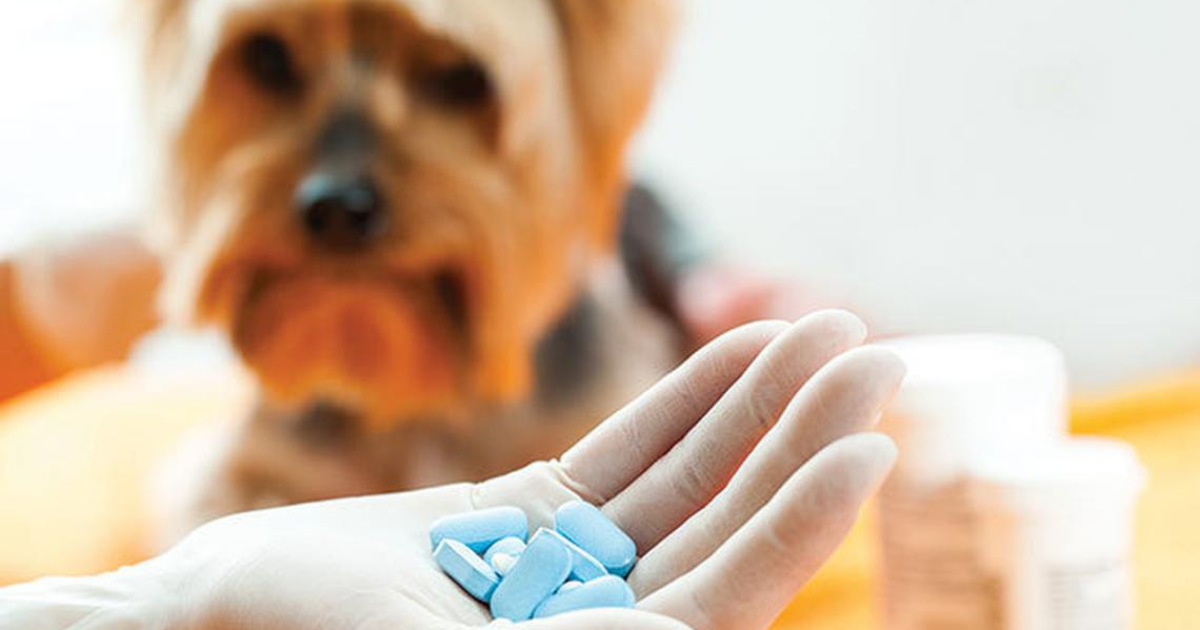
Assembling a Pet First Aid Kit Create a comprehensive first aid kit for your pet to be prepared for minor injuries and emergencies.
Recognizing Common Pet Injuries Learn to recognize common injuries in pets and how to administer first aid until professional help is available.
Knowing When to Seek Professional Help Understand when an injury or illness warrants immediate attention from a veterinarian.
Fire Safety for Pets
Creating an Emergency Plan Plan for emergencies, including fires, to ensure your pet’s safety and your peace of mind.
Using Pet Alert Stickers Utilize pet alert stickers to inform rescue personnel about the presence of pets in your home during emergencies.
Practicing Fire Drills Regularly practice fire evacuation drills with your pets to ensure everyone knows what to do in a crisis.
Grooming and Hygiene
Skin and Coat Care Proper grooming helps maintain your pet’s skin and coat health. Learn grooming tips and techniques.
Dental Health Oral hygiene is crucial for your pet’s overall health. Explore dental care practices to keep their teeth and gums in top shape.
Nail Trimming Safety Trimming your pet’s nails can be tricky. Discover safe and effective nail trimming techniques.
Household Chemicals and Poisons
Identifying Dangerous Substances Identify common household chemicals and substances that can be toxic to your pet.
Safe Storage Practices Learn safe storage practices to keep harmful chemicals out of your pet’s reach.
Recognizing Poisoning Symptoms Be vigilant in recognizing the symptoms of poisoning and know what immediate actions to take.
Traveling with Pets
Preparing for Trips Traveling with your pet requires preparation. Get tips on how to make trips safe and enjoyable for your pet.
Air Travel Safety If you’re flying with your pet, follow guidelines for safe air travel.
Pet-Friendly Accommodations When traveling with your pet, find accommodations that welcome your furry friend.
Pest Control and Pet Safety
Flea and Tick Prevention Effective pest control is essential for your pet’s comfort and health. Explore flea and tick prevention methods.
Safe Pest Control Methods Ensure the pest control methods you use in your home are safe for your pet.
Avoiding Toxic Chemicals Be aware of common household chemicals that can pose a risk to your pet’s health.
Aging Pet Safety

Special Considerations for Senior Pets As pets age, their needs change. Learn how to address the unique needs of senior pets for their safety and comfort.
Adjusting the Environment Make necessary adjustments to your home and routine to accommodate your aging pet.
Mobility Aids and Supplements Explore mobility aids and supplements that can enhance your senior pet’s quality of life.
Children and Pet Safety
Teaching Kids to Interact Safely Teaching children how to interact safely with pets is crucial for preventing accidents and ensuring harmonious relationships.
Supervision and Boundaries Maintain supervision and establish boundaries between your children and pets to prevent unintentional harm.
Promoting Respect for Pets Foster respect and empathy in your children towards animals to create a loving and safe environment for both.
Fireworks and Loud Noises
Fireworks and loud noises can be very distressing for pets, especially dogs and cats. The loud explosions and bright lights can trigger fear and anxiety in animals, leading to various behavioral and health issues.
Managing Anxiety Many pets are frightened by loud noises like fireworks. Discover strategies to help ease their anxiety during such events.
Providing a Safe Retreat Create a safe and comforting retreat for your pet to escape to when fireworks or other loud noises occur.
Use of Noise-Canceling Products Explore noise-canceling products designed to reduce the impact of loud noises on your pet’s well-being.
Remember that every pet is different, and what works for one may not work for another. It’s essential to be patient and understanding of your pet’s fear and anxiety during fireworks and other loud events. If you’re unsure about how to help your pet cope, consult with a veterinarian or a professional animal behaviorist for personalized advice.
Recognizing Signs of Illness
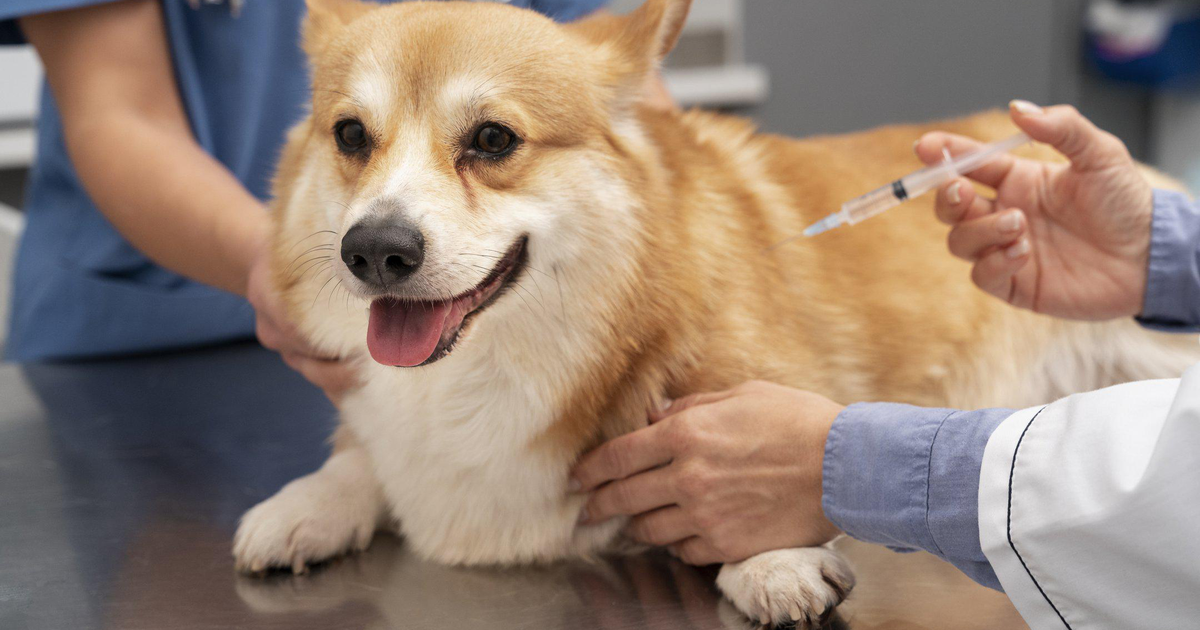
Common Health Warning Signs Being able to recognize common signs of illness in your pet is essential for early intervention.
When to Consult a Vet Learn when a symptom warrants a visit to the veterinarian and when it may be manageable at home.
At-Home Health Monitoring Discover how to monitor your pet’s health at home and what to look for in their behavior and physical condition.
Why Prioritize Pet Safety?
The significance of pet safety cannot be overstated. Our pets bring immeasurable joy, unconditional love, and unwavering companionship into our lives. They trust us implicitly to safeguard them from harm, and it’s our responsibility to honor that trust.
When you prioritize pet safety, you’re not only protecting their physical well-being but also nurturing a nurturing and fulfilling bond with them. A safe and secure environment promotes a happy and stress-free life for your pets, allowing their unique personalities to shine through.
Conclusion
In conclusion, the safety and well-being of our pets are our responsibilities as loving and responsible pet owners. By following these top 10 pet safety must-dos, you can create an environment where your furry friends can thrive and enjoy a long, happy, and healthy life. Remember, your role as a pet owner is not only to provide companionship but also to ensure their safety, which ultimately leads to a more fulfilling and rewarding bond between you and your beloved pets.
The Ongoing Journey
Pet safety isn’t a one-time task; it’s a continuous journey throughout your pet’s life. Just as you evolve and adapt to the changing needs of your pet, your commitment to their safety should also evolve. As they grow, their needs change, and new potential hazards may arise.
Regularly revisiting and reinforcing the pet safety must-dos outlined in this article will ensure that you’re always providing the best care and protection for your pet. This commitment to their well-being is a testament to the love you have for your furry family members.
The Reward of a Safe and Happy Pet
The ultimate reward of your dedication to pet safety is a joyful, healthy, and contented pet. When your pets feel secure and protected, they thrive both physically and emotionally. Their trust in you deepens, strengthening the unbreakable bond you share.
Picture your pet’s wagging tail, their playful antics, and the sheer happiness radiating from their eyes. These are the beautiful results of your commitment to their safety.
So, as you embark on the journey of pet ownership or continue caring for your faithful companions, remember that pet safety is not just a checklist; it’s a labor of love. By following these top 10 pet safety must-dos, you are not only ensuring their safety but also creating a nurturing and loving environment where they can flourish. Your pets are more than just animals; they are family, and their safety is your greatest responsibility and privilege. Here’s to a life filled with joy, health, and safety for your beloved furry friends!
FAQ (Frequently Asked Questions) with 10 common questions about pet safety:
What is pet safety, and why is it important?
Pet safety refers to measures taken to protect the well-being of pets, ensuring they are free from harm, accidents, or illnesses. It’s crucial because our pets rely on us for their safety, and it enhances their overall quality of life.
How can I pet-proof my home?
Pet-proofing your home involves securing hazardous items, creating safe spaces, and removing toxic plants. It helps prevent accidents and keeps your pet out of harm’s way.
What are common choking hazards for pets, and how can I prevent them?
Small objects, inappropriate toys, and lack of supervision can pose choking hazards. Prevent them by keeping small items out of reach, choosing safe toys, and supervising your pet during playtime.
What should I know about my pet’s diet to ensure their safety?
Be aware of harmful foods, practice proper portion control, and provide a balanced diet suitable for your pet’s breed and age.
Why are regular vet check-ups important for pet safety?
Routine examinations with your veterinarian help detect health issues early, ensuring timely treatment and preventative care.
How can microchipping and identification enhance pet safety?
Microchipping provides permanent identification, while collars and tags offer visible identification. Updating contact information helps reunite lost pets with their owners.
What safety precautions should I take during outdoor adventures with my pet?
Leash training, secure fencing, and awareness of local wildlife are essential for safe outdoor excursions with your pet.
How can I protect my pet from weather-related dangers?
Protect your pet from heatstroke and dehydration in summer, hypothermia and frostbite in winter, and prepare for natural disasters to ensure their safety.
What safety measures should I take when traveling with my pet?
When traveling with your pet, prioritize their safety by following these essential measures:
Visit the vet: Ensure your pet is in good health and up-to-date on vaccinations before traveling.
Secure them properly: Use a pet carrier or restraint to keep them safe in a moving vehicle.
Pack essentials: Bring food, water, medications, and familiar toys for comfort.
Identification: Ensure your pet has proper ID tags and is microchipped.
Research pet-friendly places: Find accommodations, restaurants, and parks that welcome pets.
Plan for breaks: Stop regularly for bathroom breaks and exercise.
Be mindful of weather: Avoid extreme temperatures when traveling.
Stay calm: Keep your pet calm with soothing words and treats.
By taking these precautions, you’ll create a safe and enjoyable travel experience for your furry companion.
How can I keep my pet safe from pests and toxins in and around my home? – Use flea and tick prevention, safe pest control methods, and avoid toxic chemicals. Stay vigilant in identifying potential dangers to your pet’s health.
Within this comprehensive guide on pet safety, you’ll find valuable insights to help you prioritize the well-being of your furry friends. For instance, in our section on “Pet acommodations,” we discuss places to go with your pets.
We believe in providing you with a wealth of knowledge to ensure your pet’s safety, and that’s why we’ve included links to trusted sources in the pet care community. For a more in-depth understanding of pet-proofing your home, consider reading this informative article from medium on the tips to keep your dog safe.

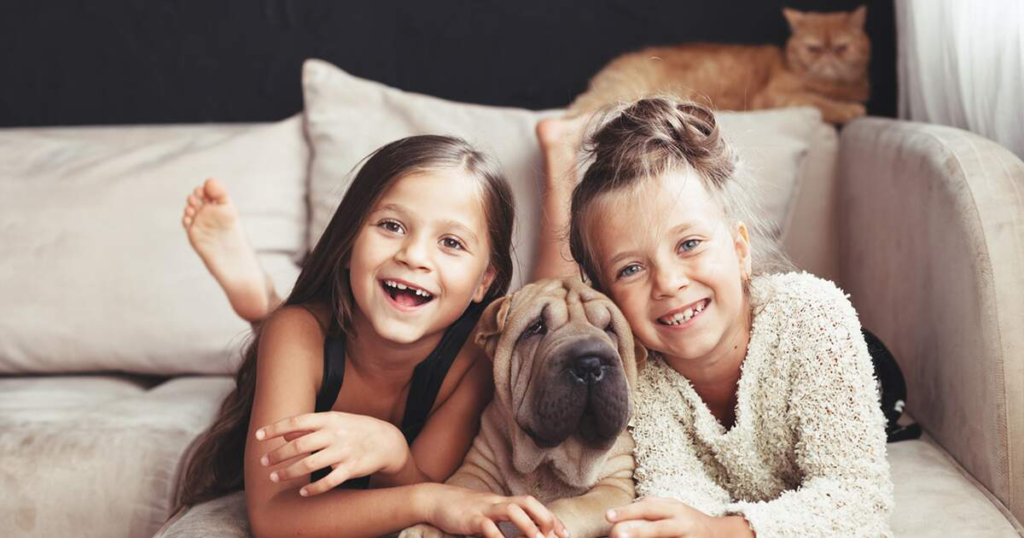


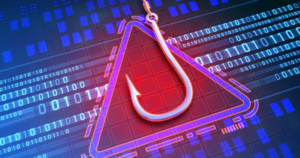

Uma resposta